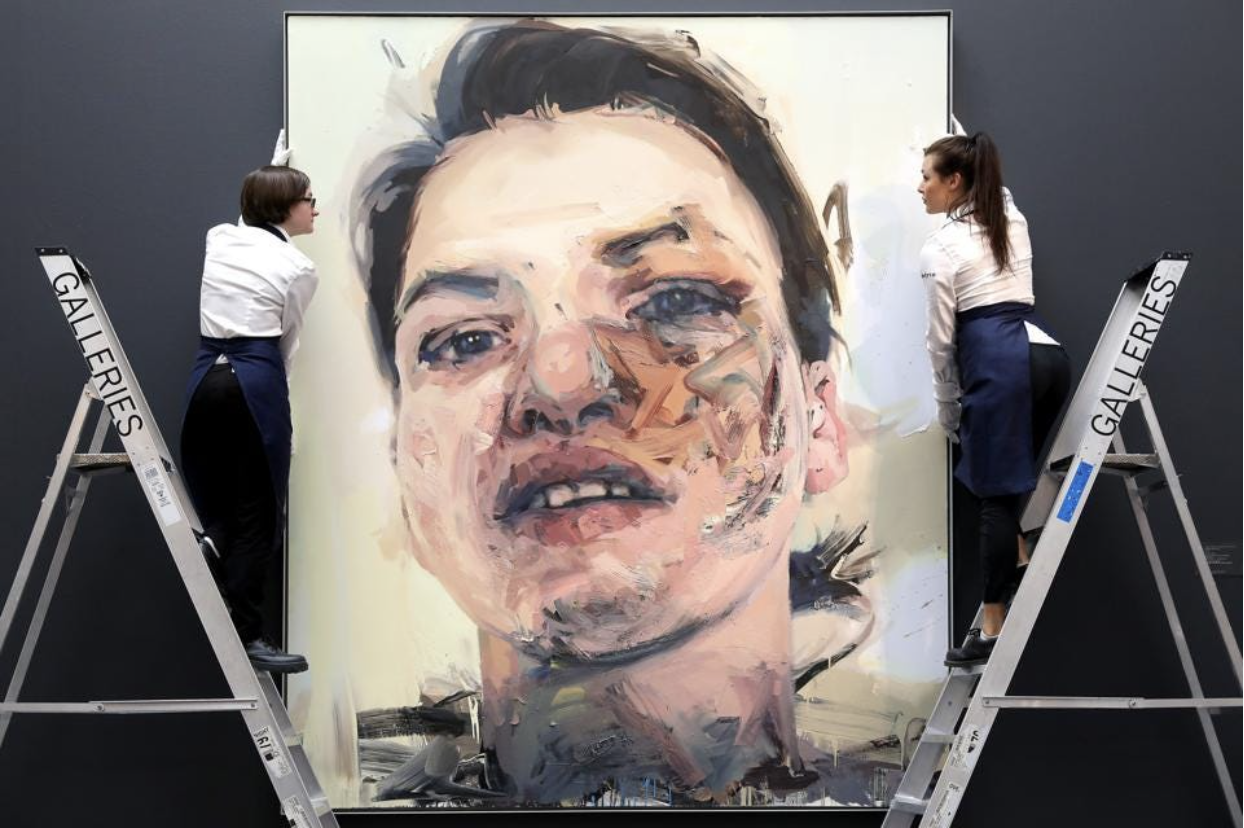Despite the bias against female artists, there is a growing interest in acquiring art by women, and the prices of works by female artists are starting to reflect this trend.
According to a BBC documentary, secondary market prices for work by female artists are rising 29% faster than the prices for art by men (although they are starting from a lower base). In addition, the annual Art Basel and UBS survey of high-net-worth art collectors has found a steady increase in female artists' representation in collections over the last several years. Female artists now make up 40% of these collections, up from 39% in 2020, 37% in 2019, and 33% in 2018.
Nuria Madrenas, the founder of Tacit, an online gallery and art consultancy featuring exclusively female artists, has also seen an increased interest in diversity. Madrenas says, "I've seen an increase in interest for people to have their collections have a broader representation across the board. Not only through the integration of female artists but artists of color and artists in the LGBTQ+ community. I've had specific requests from clients for that equal representation when we're curating works for their spaces."
Madrenas is also optimistic that younger generations will help level the playing field for underrepresented artists. Often referred to as the Great Wealth Transfer, between now and 2030, an estimated $15.5 trillion of assets will be inherited by the next generations, according to a recent report. According to Madrenas, future generations of art collectors will likely not spend this money on the same pieces as their parents. She says, "We've seen that art tastes have shifted from the Boomer generation to Gen X and Millennials. Millennials want to collect from their peers. They want to collect from emerging artists. They're not necessarily as interested in blue chip art because of the disparities within that space. And they want a collection that's more diverse."
For now, works by female artists seem like a promising investment. They’re available at a discounted price and are increasing in value more quickly than art by men. It's unclear whether this trend is related to collectors seizing an opportunity for increased returns or whether they are truly starting to appreciate work by women—either way, it should create more opportunities for female artists.

